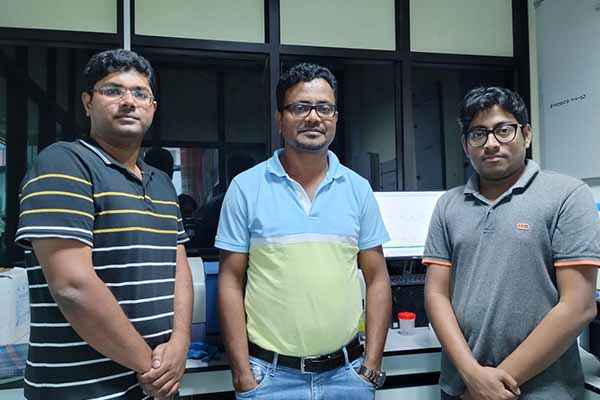In order to efficiently harvest light for power conversion, researchers from the Indian Institute of Science Education and Research (IISER) Thiruvananthapuram and the Indian Institute of Technology (IIT) Indore have created a new artificial photosynthesis system.
The study’s findings have been published in Chemical Science, a prestigious Royal Chemical Society journal. Sukhendu Mandal, Associate Professor, Department of Chemistry, IISER Thiruvananthapuram, and his research assistants Sourav Biswas and Anish Kumar Das, as well as Biswarup Pathak, Department of Chemistry, IIT Indore, and research assistant Surya Sekhar Manna, are co-authors of the paper.
The researchers claimed that scientists worldwide were concentrating on simulating the photosynthesis’s light-harvesting to use in solar cells or synthetic leaves. Chromophores, which are molecules that absorb visible light and transmit it to other components so they can use the energy for various chemical reactions, are the light-harvesting cores in plants and other photosynthetic bacteria. Energy is absorbed by the top-most chromophores that are in contact with the sun. The chromophores are arranged in arrays, and each one transfers energy to the one next to it and so forth. Up until the energy reaches its destination, it cascades quickly.
According to the researchers, there have been many attempts at replicating the molecular and atomic structure of the light-harvesting mechanism in the laboratory. Polymeric structures, detergent-type molecules, vesicles, gels, and other bio-inspired structures, have been used to mimic photosynthesis. The most common problem faced by such molecules is that the light is quenched due to aggregation or bunching up of the molecules together. This leads to poor light capture and conversion efficiencies.
The quenching issues with artificial light absorbers and transmitters have been solved by researchers from IISER Thiruvananthapuram and IIT Indore. They have worked with silver clusters with nanometer-sized dimensions, which are 100,000 times smaller than the width of a human hair. These nanoclusters have unusual photophysical properties and fascinating structures. These large molecules, called cyclodextrin.














